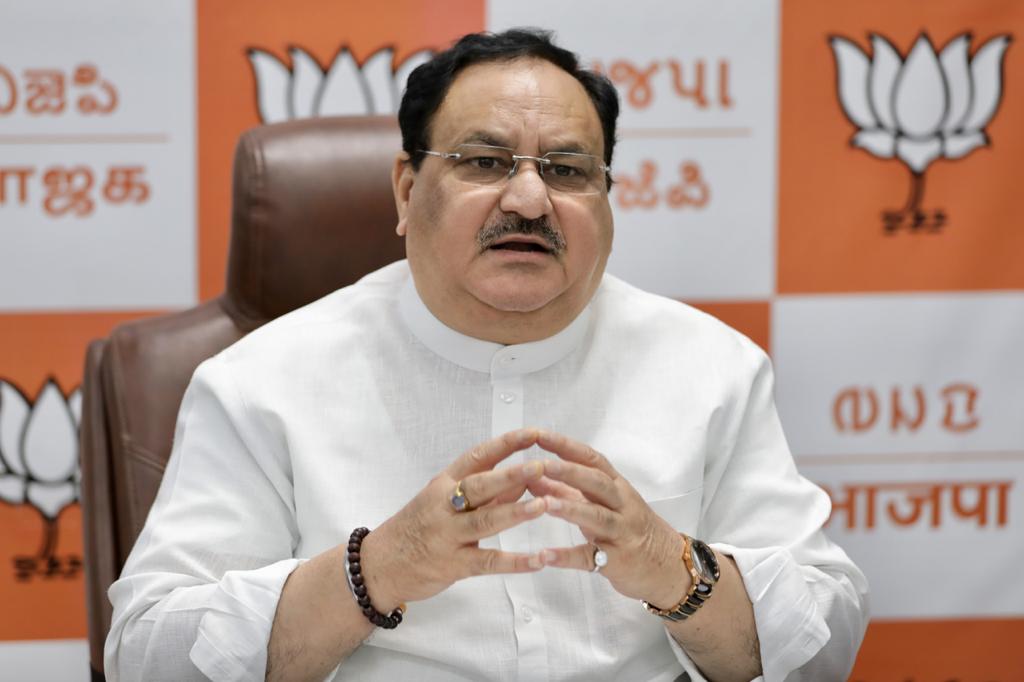


Over the last decade, India has made noteworthy strides in health. We built an extensive, sophisticated system to deliver multiple doses of polio vaccine to every child in this vast country, eradicating the disease. Nationwide, our infant and maternal mortality rates have declined by more than one-third. We have learnt to manufacture high quality drugs that are exported to the rest of the globe; an estimated 20% of generic drugs supplied globally are produced in India.
While we have much to be proud of, we know that we can do much better. Health outcomes can improve further and out of pocket expenses on health can reduce, to better protect citizens from financial risk. We can build on our progress to reach the goal of an India in which every citizen lives a healthy and productive life.
The National Health Policy, developed after extensive consultations with state governments and other stakeholders, aims to shape our health system in all its dimensions – by investment in prevention of diseases and promotion of good health; by access to technologies; developing human resources; encouraging medical pluralism; and by building knowledge for better health, financial protection and regulation. The Policy is aimed at reaching healthcare in an assured manner to all, particularly to the underserved and underprivileged.
Fortunately, we have made significant advances, which puts us in an excellent position to address the needs the health system isn’t meeting yet – starting with strengthening and delivering good quality maternal and child healthcare and ensuring availability of emergency care, and moving on eventually to create robust infrastructure and capabilities to deliver universal health coverage. We have clearly prioritised four investments, through which we can build the Indian health system of the future.
The first is our focus on prevention of diseases, promoting good health and assuring quality comprehensive primary care to all. The emphasis, therefore, is to move away from sick care to wellness. Seven areas for inter-sectoral action and peoples’ campaign under ‘Swasth Nagrik Abhiyan’ have been identified so that people stay healthy and rely less on hospital care.
The need is also to shift from selective primary healthcare services to assured comprehensive primary healthcare with two-way referrals, which include care for major non-communicable diseases (NCDs), mental health, geriatric care, palliative care and rehabilitative care. As a critical element, the Policy proposes to raise public health expenditure to 2.5% of the GDP in a time-bound manner with allocation of a major proportion (two-thirds or more) of resources to primary care.
The second critical focus of this Policy is strengthening and designing our health systems such that affordable healthcare is made available to all. Chiefly, through free access to universal comprehensive primary healthcare, free drugs, diagnostics and essential emergency services in government hospitals as well as strategic purchasing through government financed insurance programmes. To facilitate access within the ‘golden hour’, the Policy aims to ensure availability of 2,000 beds per million population across all geographies.
Empowering citizens and providing quality patient care is our third critical pillar. Hospitals will undergo periodic measurements and will be certified on level of quality.
The Policy recommends establishing mechanisms for speedy resolution of disputes, and of National Healthcare Standards Organisation to develop evidence-based standard guidelines for care. Resource allocation to government hospitals will be made responsive to quantity, diversity and quality of caseloads.
The fourth pillar of our Policy is focussed on leveraging the power of India’s innovation, technology and ICT capability. The Policy advocates the need to incentivise local manufacturing to promote customised indigenous products such that healthcare is made more accessible and affordable for our citizens, while simultaneously generating employment.
The Policy recommends establishing federated national health information architecture, consistent with Metadata and Data Standards (MDDS), introduces use of Electronic Health Records (EHR), use of digital tools for AYUSH services by AYUSH practitioners, for traditional community level healthcare providers and for household level preventive, promotive and curative practices.
Additionally, to address the shortage of specialised care especially in some states, besides upgrading district hospitals to medical colleges, use of technology to scale initiatives such as tele-consultation, which will link tertiary care institutions (medical colleges) to district and sub-district hospitals with secondary care facilities, will ensure that excellent medical care reaches the remotest locations. To build capacity and knowledge at the last mile, the policy promotes utilisation of National Knowledge Network for Tele-education, Tele-CME, Tele-consultations and access to the digital library.
Holding ourselves accountable to meet a clear set of measurable health sector goals relating to mortality and morbidity on life expectancy and a healthy life, on reducing mortality and disease prevention and incidence, the government of India is committed to a healthy future of all its citizens.
By recognising and prioritising the role of the government in shaping and delivering equitable quality health to all, we have announced the National Health Policy 2017, and are committed to implementing it in close cooperation with the state governments, in a time-bound manner with clear deliverables and milestones, so that Indians stay healthy and reach their full potential.